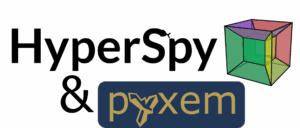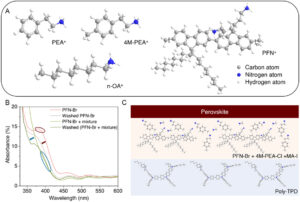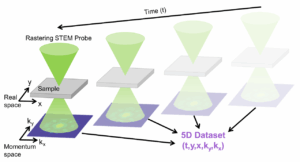Congratulations to Axel Brilot and colleagues on being awarded the Journal of Structural Biology Paper of the Year.
One of the principle investigators of the paper, Nikolaus Grigorieff, summarized it as follows: “Beam-induced motion, first described by Henderson and Glaeser in 1985, is a well-known problem that has plagued users of electron cryo-microscopy (cryo-EM) for decades. The motion occurs while the electron beam irradiates the sample and leads to significant blurring of the image and, ultimately, to loss of resolution in three-dimensional reconstructions of the visualized molecules.” In order to study beam-induced motion, Brilot and colleagues used the first commercially-available direct detector for TEM: a Direct Electron DE-12 Camera System. Dr. Grigorieff continued: “In addition to the higher sensitivity (DQE) compared to older detectors, the CMOS technology underlying the DE-12 camera is also able to record movies at a rate of 40 frames/second, ideal for the study of motion under the beam. Jointly with the Carragher/Potter lab, Axel and Anchi Cheng continued the study of beam-induced motion of DLPs using the DE-12 camera. They were the first to demonstrate that image blurring produced by beaminduced motion on ice-embedded specimens can be significantly reduced by aligning movie frames. This post-processing of electron micrographs thus overcomes one of the major obstacles limiting the resolution of cryo-EM structures. Movies have since transformed the field of cryo-EM and are now in common use.”
Dr. Briolot said that collaboration with Direct Electron critical during this study: “What I found most amazing about working with Direct Electron was how responsive they were in working with Anchi Cheng and I to implement movie mode acquisition and enable us to visualize and correct beam-induced motion. I was amazed at the time, but am even more so now, realizing that DE and Anchi were able to implement ‘movie mode’ in what seemed like just hours, with almost no hiccups once we started working.”









